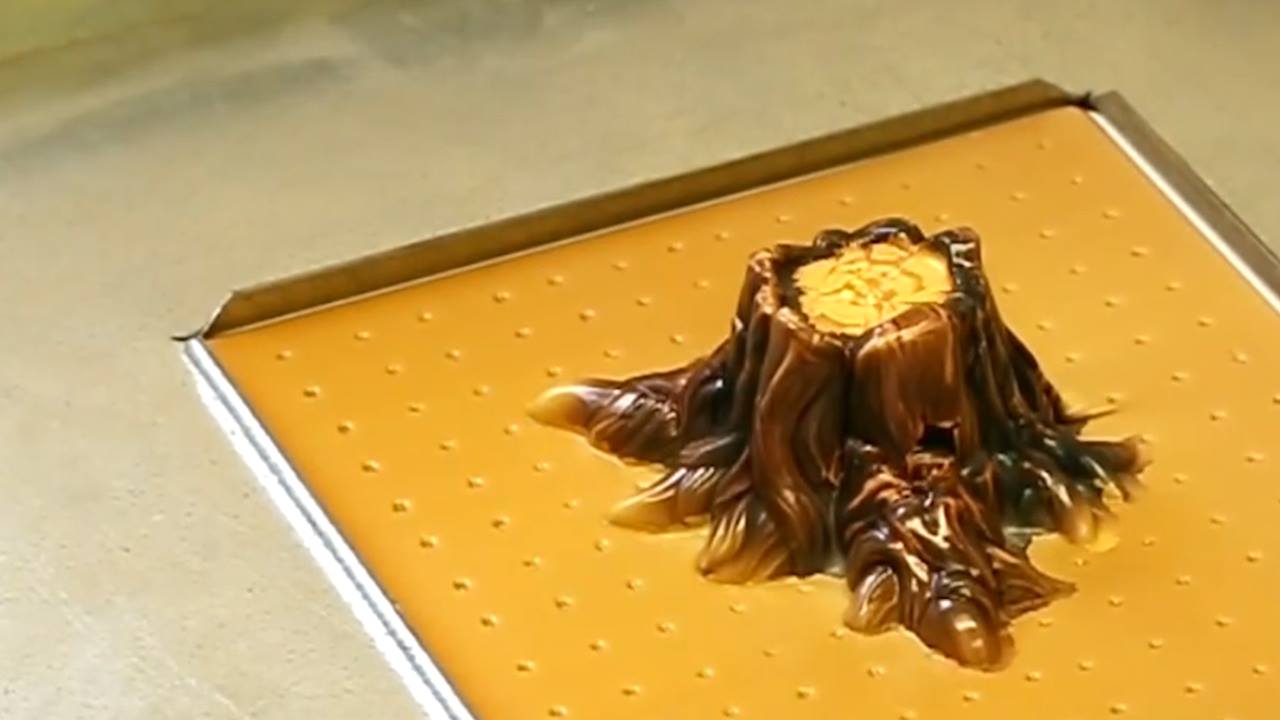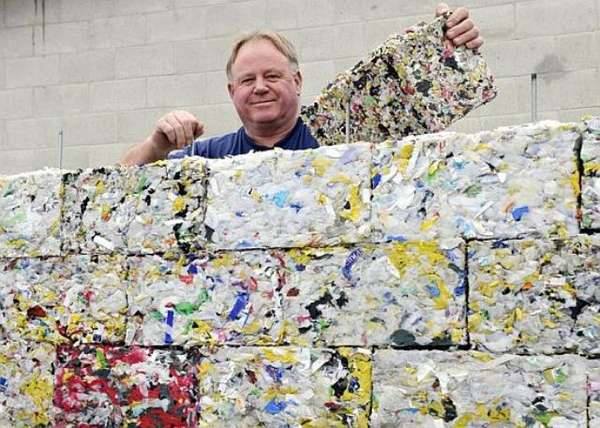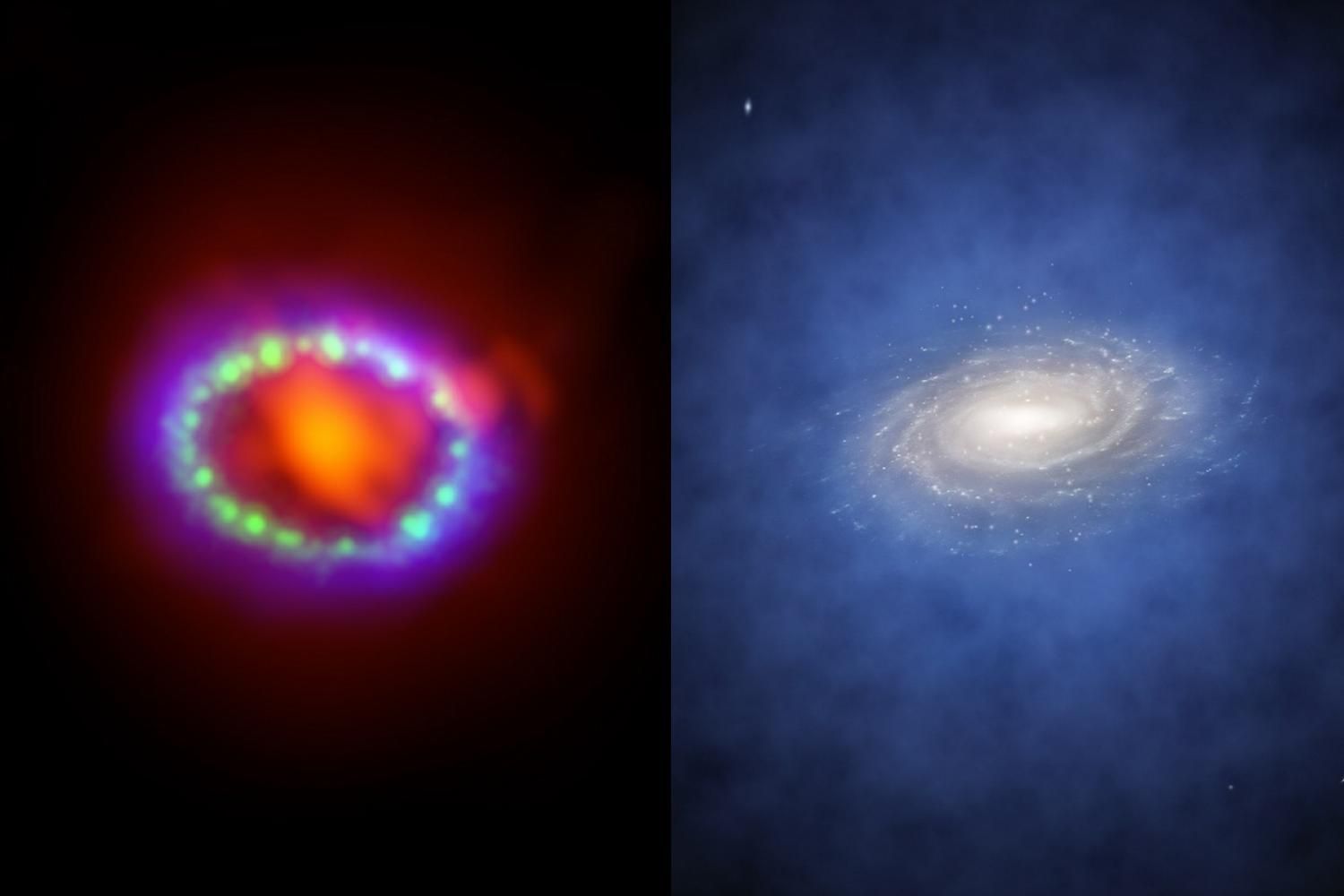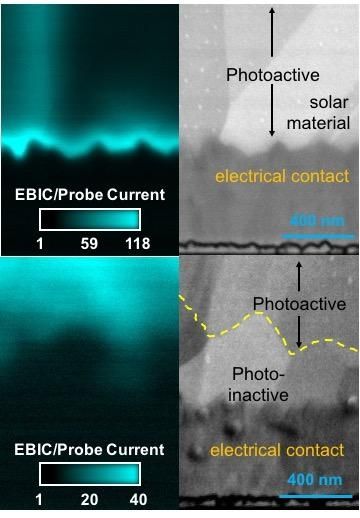![]()
Nice.
Summary: “Nano satellite missions are low-cost and can do multiple jobs with a greater degree of accuracy. “It will be an advanced nano satellite weighing about one kg designed for a specific task of conducting oceanographic studies. S Satheesh Chandra Shenoi, Director, Indian National Centre for Ocean Information Services (INCOIS) and National Institute of Ocean Technology, said it’s good that educational institutions are venturing into space programmes. Close on the heels of the successful launch of SATHYABAMASAT, which the students of Sathyabama University worked on since 2009 to monitor the greenhouse gas concentration in the atmosphere, the Academy of Maritime Education and Training (AMET) is working on an ocean observation “AMETSAT — Nano Satellite Project” with the national space agency. Also, the incidences of aircrafts such as the Indian Air Force AN-32 going missing leaving no clues warrant more ocean observation satellites, though with little larger life span, unlike nano satellites which usually have a life space of 6 months, another AMET faculty member said.
CHENNAI: With the Indian Space Research Organisation (ISRO) opening its arms to educational institutions and private industry to participate in space exploration missions, there is a renewed enthusiasm among researchers and student community. Close on the heels of the successful launch of SATHYABAMASAT, which the students of Sathyabama University worked on since 2009 to monitor the greenhouse gas concentration in the atmosphere, the Academy of Maritime Education and Training (AMET) is working on an ocean observation “AMETSAT — Nano Satellite Project” with the national space agency. G Thiruvasagam, Vice-Chancellor, AMET, made the announcement during the sixth convocation held here on Wednesday. The deemed university has also bagged a project on “Marine Exploration of Submerged Poompuhar and Dwarka”. N Manoharan, Director, Research of AMET, told Express on the sidelines of the convocation that the project was in an early stage.
Continue reading “Ocean observation nano satellite in the making” »
















